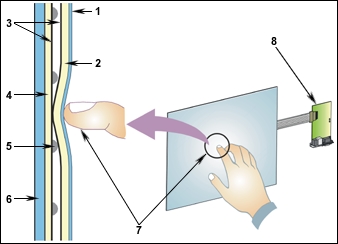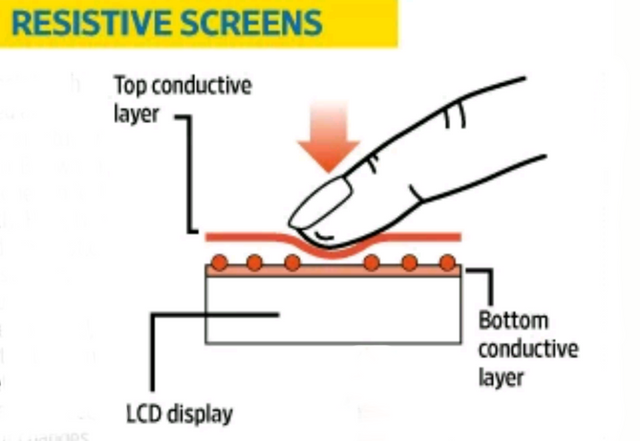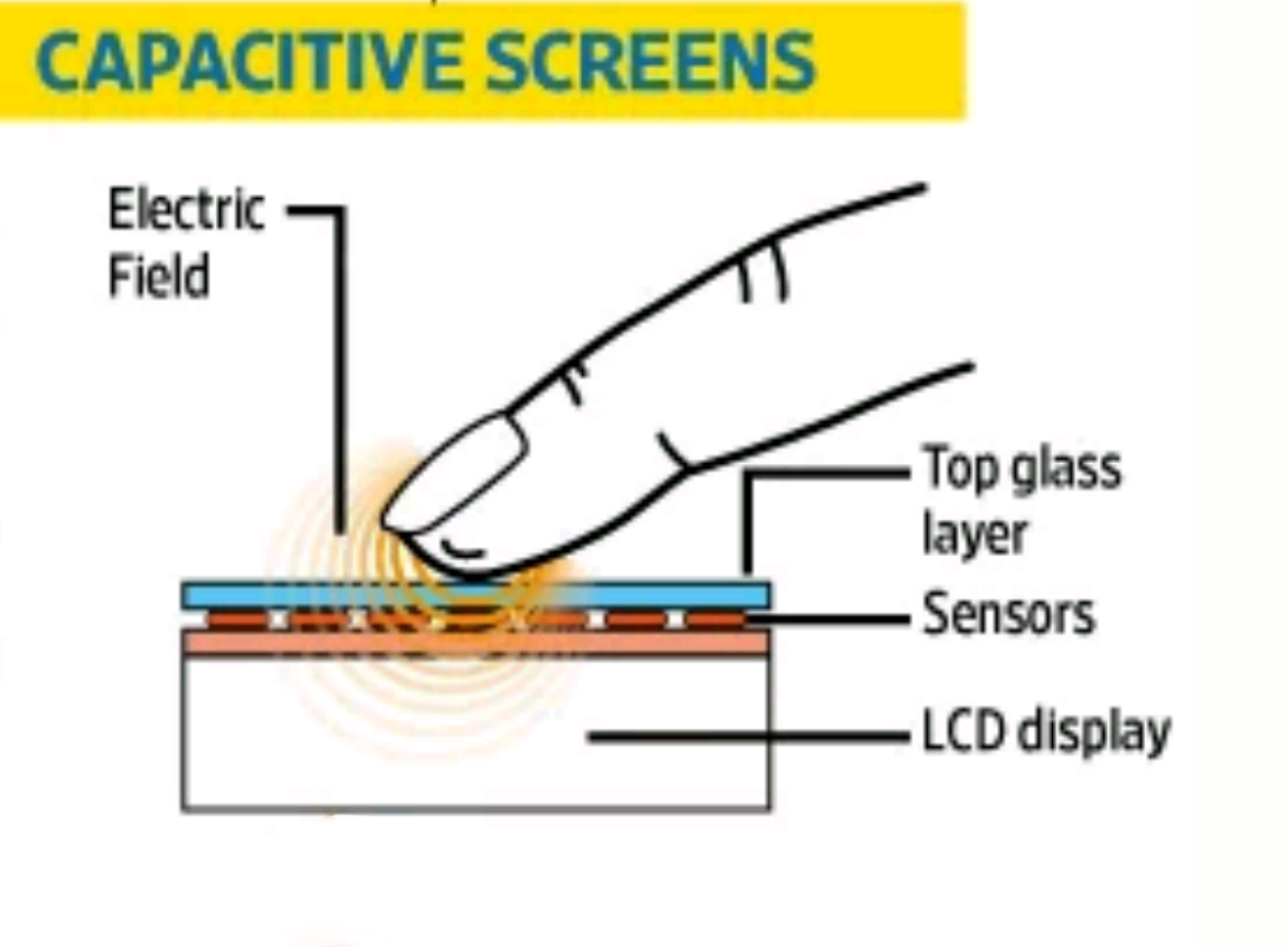The science why your touchscreen craves for your skin touch
The era of buttons on devices especially as keypads on phones was great, thanks to the pains as a result of pressing hard while gaming and typing. It was fun though as typing could be done even without looking, just by knowing the amount of times to press a button to get the required alphabet. Touch screens is basically electrically charged.
Clearly the emergent of smartphones with touch screens got the likes, as its appearance and ease to work with was outstanding.

Image credit
First, Try operating your phone with just your nail and see if it responds, it seems like the smartphone was some kind of "witchcraft" as it demands only the skin surface with life to operate compared to the the days when the tip of a pen can help you navigate the screen. Whereas it was all science.
Types of Touch Screens
Different kinds of touchscreen work in different ways. Some can sense only one finger at a time and get extremely confused if you try to press in two places at once. Others can easily detect and distinguish more than one key press at once. These are some of the main categories:
- Resistive Screens:

[Image shot from science encyclopedia]
These are the basic touch screens,typical examples are screens on the ATMs where the screen actually resists the user's touch. But when pressed hard enough, one can feel the screen bend alittle. Here two conductive layers made of plastic are held apart by tiny spacers. With electric charge running across the screen, when pressed, the top layer touches the bottom layer. Sensors then detects the point where the two layers meet, as the electrical current changes at the point of contact and carries out the required task.
The resistive screens can detect any kind of pressure but are less responsive to touch and do not recognize multiple touches. So you cannot slide or swipe on such screens.
- Capacitive Screens:

[Image shot from science encyclopedia)
These screens are made from multiple layers of glass. The inner layer conducts electricity and so does the outer layer, so effectively the screen behaves like two electrical conductors separated by an insulator—in other words, a capacitor. When you bring your finger up to the screen, you alter the electrical field by a certain amount that varies according to where your hand is. Capacitive screens can be touched in more than one place at once. Unlike most other types of touchscreen, they don't work if you touch them with a plastic stylus (because the plastic is an insulator and stops your hand from affecting the electric field).
Human skin conducts electricity, which is how a capacitive touchscreen responds - as you're writing a text, your finger decreases the charge at the intersection of the grid where the capacitor is located, and the microprocessor calculates which contact points were activated. This info is then relayed to the software, which in turn performs what you wanted or more likely, triggers yet another typographical error.
Capacitive screens uses a grid of rows and columns along with it sensors. Each point on the grid, when touched generates its own signal that is relayed to the processor, allowing the device recognize multiple points therefore two finger zoom.
The need for electrical conductivity is why you can't operate a smartphone with gloves or a plastic stylus(touch pens) which are both essentially insulators. if you're in a tight corner, swiping the screen with your nose will work just as well as a finger.
Now you know, Thanks for stopping by